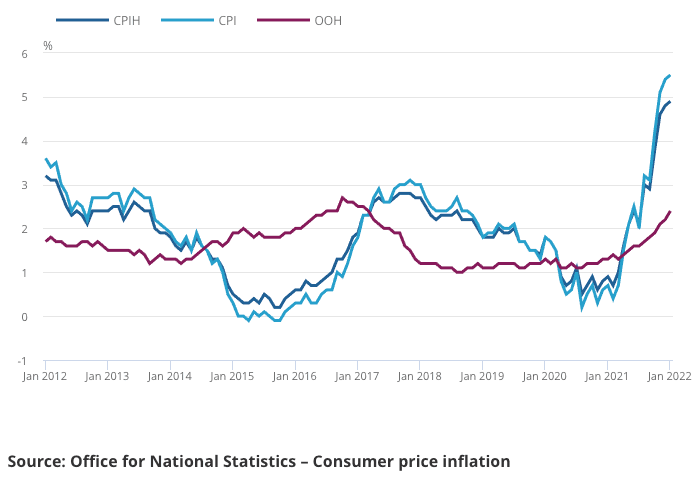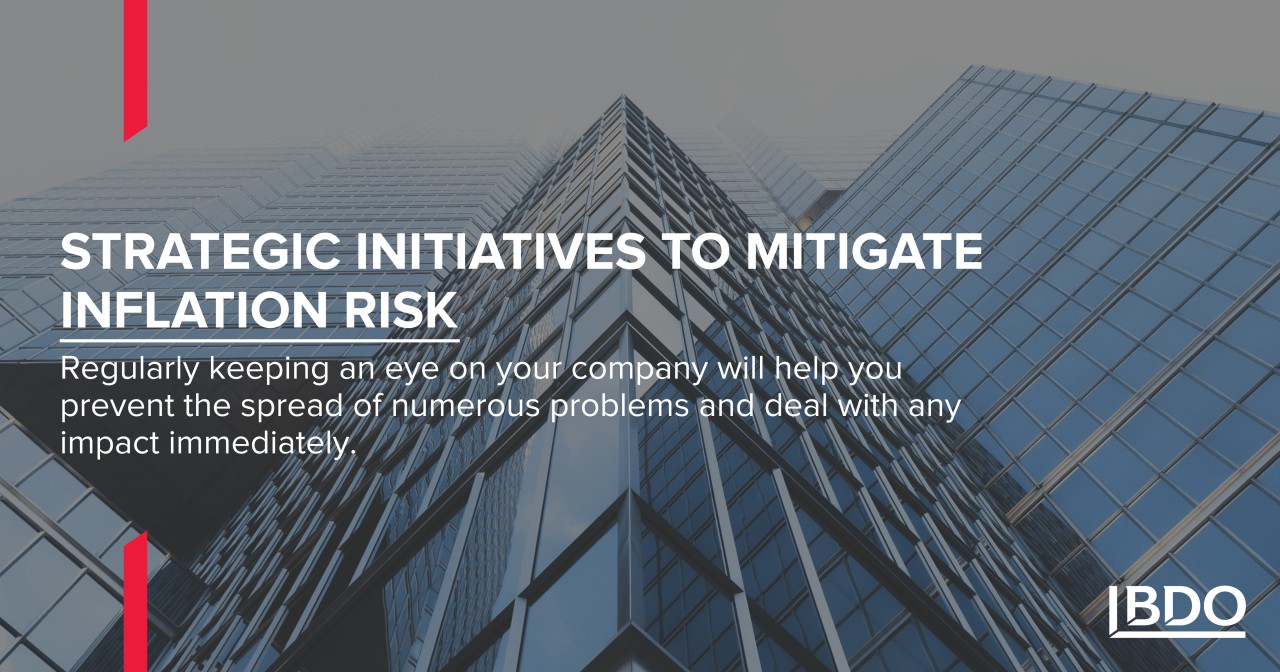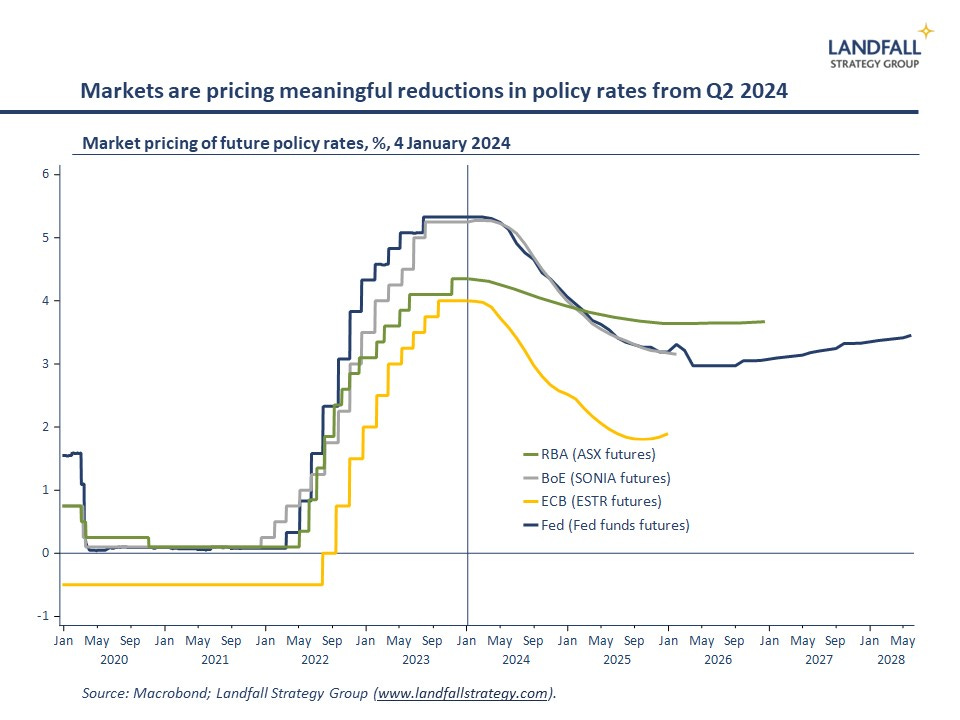The Future of Strategic Supplier Management
The Rise of Data-Driven Decision Making
Strategic supplier management is rapidly evolving, driven by the increasing availability and sophistication of data analytics. Businesses are no longer relying solely on gut feeling or historical trends. Instead, they’re leveraging advanced analytics to gain a much clearer picture of their supply chains, identifying potential risks, optimizing performance, and making data-driven decisions about supplier selection, performance evaluation, and contract negotiation. This shift empowers organizations to be more proactive and agile in their responses to market changes and disruptions.
Embracing Technology for Enhanced Collaboration
Technology is revolutionizing how companies interact with their suppliers. Cloud-based platforms, collaborative portals, and sophisticated supply chain management (SCM) software are fostering greater transparency and efficiency in communication, data sharing, and overall collaboration. This means real-time visibility into inventory levels, order status, and potential delays. It also facilitates more effective risk management and collaborative problem-solving, building stronger, more reliable supplier relationships.
Sustainability and Ethical Sourcing Taking Center Stage
Consumers are increasingly demanding ethical and sustainable products, and this pressure is forcing companies to re-evaluate their supplier relationships. Strategic supplier management now needs to incorporate environmental, social, and governance (ESG) factors into its decision-making process. Businesses are seeking suppliers committed to sustainability initiatives, fair labor practices, and responsible environmental stewardship. This involves thorough due diligence, regular audits, and the implementation of robust monitoring systems to ensure compliance with ethical sourcing standards.
Building Resilience and Mitigating Supply Chain Risks
Global events, like the pandemic and geopolitical instability, have highlighted the vulnerability of global supply chains. Building a resilient supply chain has become a top priority for organizations. Strategic supplier management now involves diversifying supplier bases, establishing contingency plans, and building closer relationships with key suppliers to ensure business continuity during unexpected disruptions. This includes investing in advanced forecasting techniques and developing robust risk assessment models to identify and mitigate potential vulnerabilities.
The Importance of Supplier Relationship Management (SRM)
Effective supplier relationship management (SRM) is no longer a “nice-to-have,” but a critical component of strategic supplier management. Strong, collaborative relationships with key suppliers are essential for driving innovation, improving product quality, and fostering mutual growth. This involves developing long-term partnerships based on trust, transparency, and mutual benefit. It means actively engaging with suppliers, providing regular feedback, and investing in collaborative problem-solving to address challenges and optimize performance.
The Shift Towards a More Holistic Approach
Modern strategic supplier management demands a more holistic and integrated approach. It’s no longer enough to simply focus on cost reduction. Instead, companies are taking a broader perspective, considering factors like quality, innovation, sustainability, risk, and resilience. This holistic view requires strong cross-functional collaboration across different departments, including procurement, operations, and engineering. It also means aligning supplier management strategies with overall business objectives to ensure that the supply chain supports the company’s long-term growth and success.
Leveraging Artificial Intelligence and Automation
Artificial intelligence (AI) and automation are transforming strategic supplier management by streamlining processes, improving efficiency, and enhancing decision-making. AI-powered tools can analyze vast amounts of data to identify potential







